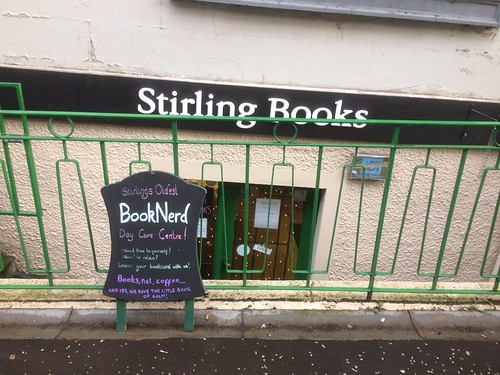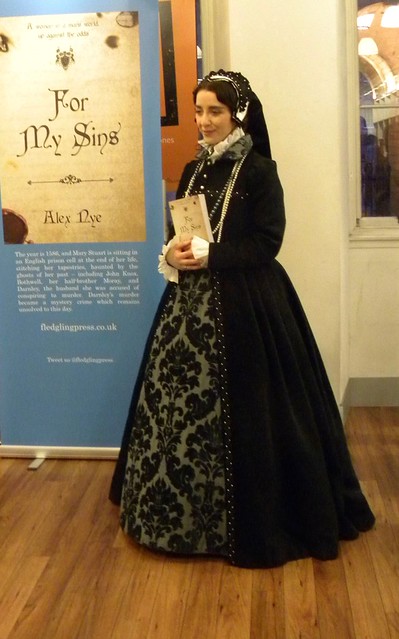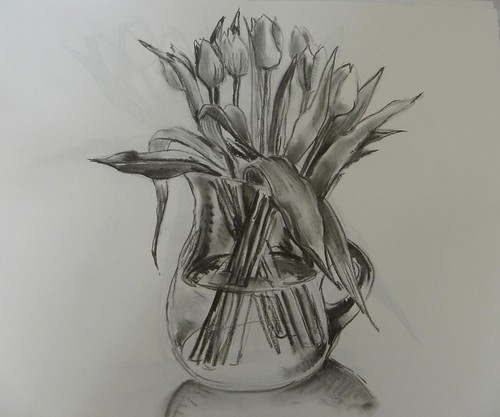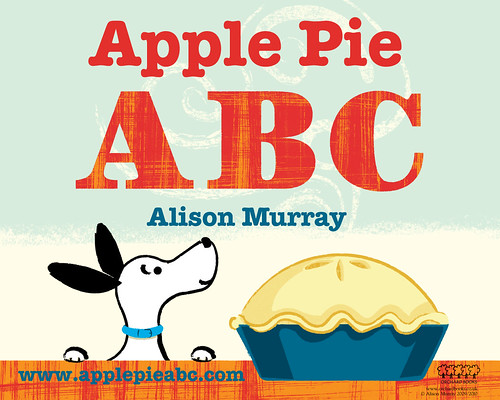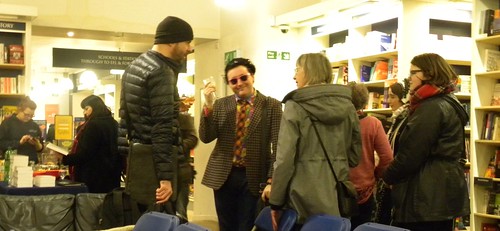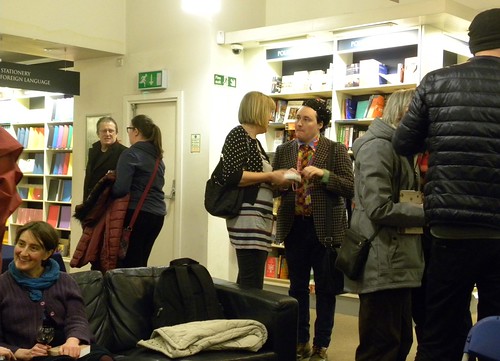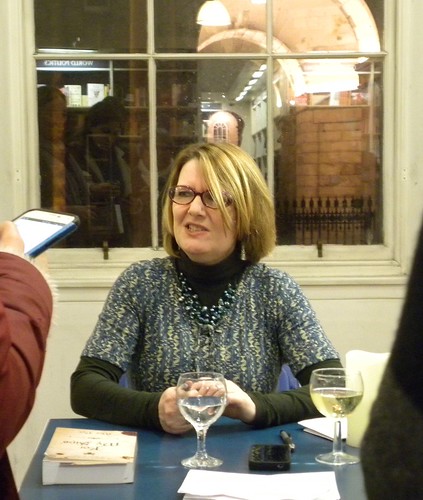Arriving slightly late to the 2017 Bookbug Conference in Edinburgh on Wednesday morning, I was shown to a chair. Unfortunately it was the Chair’s chair, so I went to sit on the side, which suits me best, and Chair Jenny Niven kept her chair.
My arrival coincided nicely with the start of Dr Vivienne Smith’s talk on Reading as a Playful Act, which was one of the best talks! Ever. The slides might have ‘gone bananas’ as Vivienne put it, but her research on young children’s reading was so interesting. I chanced upon super-librarian Yvonne Manning in the break and we both agreed on how great it had been.
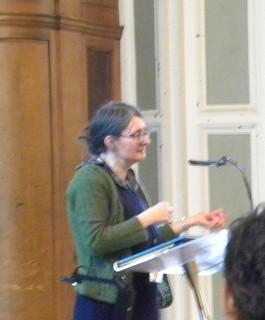
Basically, reading should be like playing, and none of this sounding out words letter by letter, which will not give the young reader the right experience. In one experiment, even the keen readers from bookish families chose the Lego and the dinosaurs before the book. But from another group, a couple of young children were so taken by the toy version of book character Beegu that one of them invited him to her birthday party, and the other wrote him a letter, two years later.
There is little emotion in the reading that happens at school. Reading can help your well-being, like disappearing into Pride & Prejudice every time you move house. You learn empathy from reading, and more so if you read ‘worthier’ books, where you are forced to think more. They make you likelier to vote, to volunteer, to recycle for the good of the environment, and so on.
You learn that life can be changed, made better. As Flaubert said, ‘read in order to live.’ For the well-being of society we need children who read!
I could have listened to Vivienne all day, but we had to take a break and drink tea and eat banoffee tarts and chat to people. Which was nice too.
A panel on The Power of Picture Books followed, with Vivienne again, and illustrator Alison Murray, Dr Evelyn Arizpe from University of Glasgow, Rowena Seabrook from Amnesty International and Nicholas Dowdall of the Mikhulu Trust (South Africa), chaired by Jenny Niven.
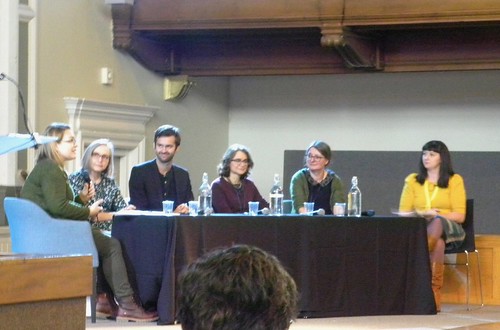
They started by choosing a picture book each, one that meant something special to them. Nicholas showed us a short video of a tiny boy in South Africa reading with an adult, and his surprised and delighted reactions to what happened in the book. Evelyn mentioned a Mexican, version of Red Riding Hood, which led Vivienne to say that for this to work well, you first need to know the basic version, which is ‘cultural capital.’
Alison likes a balance between the sexes of her characters, and Vivienne said how we are ‘all so flipping middle class’ making assumptions and taking things for granted. Rowena mentioned a description of a book with an ungendered character, which still contrived to gender the character (male). Nicholas pointed out that in the townships they need books which are not about things that readers won’t know. To make picture books work well, you must read them out and read them well.
Replying to a question Vivienne said that it’s fine to be disturbed by the content of a book. It makes you think. And you have to remember that children can only take on what they understand, so a lot would simply go over their heads.
This panel discussion could also have gone on for much longer, but there was lunch to be eaten.
Mark McDonald, minister for Childcare & Early Years started the afternoon session. He didn’t have long, as his work in Parliament was ‘pressing’ this week, but he mentioned the First Minister’s reading challenge, and how reading takes you to magical places. 80% of a child’s development comes from what they do outside of school.
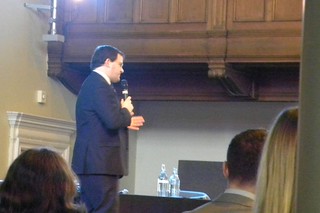
He talked about his children and their reading. The daughter likes Fairy Ponies, and next time Mark needs to vent about their quality he has learned not to do it to the publisher in question. Oops. His son, who is on the autistic spectrum, finally became interested in books via Nick Sharratt’s illustrations, so he is their god. (I know that feeling!)
Mark appreciates what we (that will be the teachers, librarians and other community workers) do, and ‘his door is always open’ if we want to speak to him. A yellow party bag saw Mark back off to Parliament.
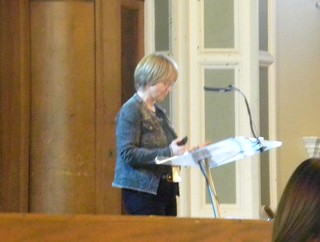
The next session was a talk by Sabine Bonewitz from Stiftung Lesen, the German Reading Foundation. She talked about encouraging parents to read with their children, spreading the joy of reading. Sabine had statistics to show us, she talked about their bookbags which feature a kangaroo (big steps) and finished by astounding everyone with German McDonald’s collaboration for reading, offering books with their Happy Meals.
Following this Happy idea, we all went our separate ways to different workshops. I had chosen to hear Alison Murray talk about Navigating the Story Arc. Important facts about reading picture books is that you do it in company, and that the paper can be tactile, and you might even want to sniff it. Boardbooks you can ‘eat.’

Alison showed us a sketch of John Dewey’s shape of stories, showing how it fits almost every book; reading us her own Hare and Tortoise. Before finishing she read us her new picture book, Dino Duckling, a kinder version of The Ugly Duckling. It was lovely.
All in all, delegates will have gone home with much to think about, and lots to try on their own small ‘customers.’ As for me, I went in search of eldest Offspring, who was once much smaller than he is now.


